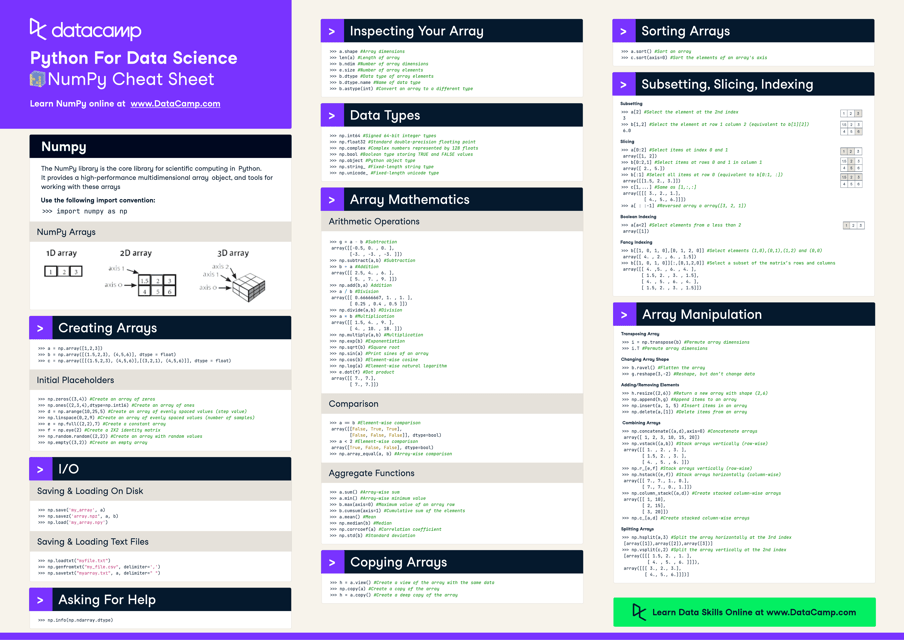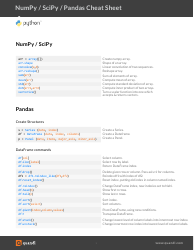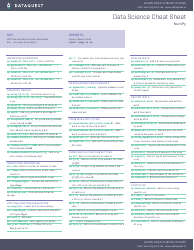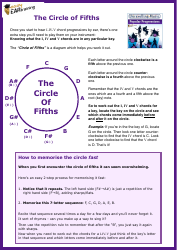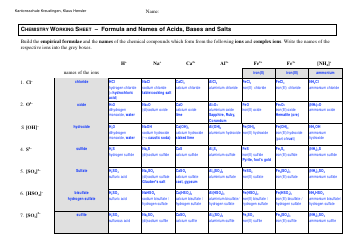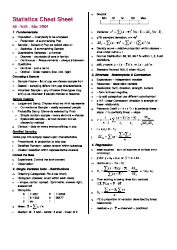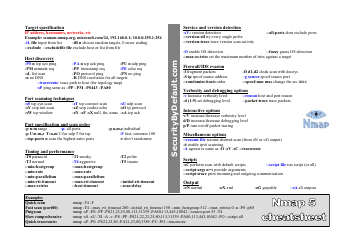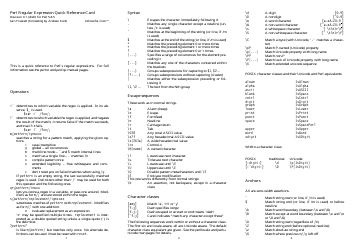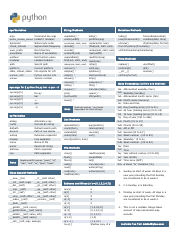Numpy Cheat Sheet
The Numpy Cheat Sheet is a reference guide that provides concise information and examples for using the Numpy library in Python. It helps users quickly look up syntax, functions, and methods to perform various numerical computations and data manipulation tasks.
FAQ
Q: What is Numpy?
A: Numpy is a Python library for numerical computing.
Q: What are the main features of Numpy?
A: Numpy provides efficient array operations, mathematical functions, and tools for working with large datasets.
Q: How can I install Numpy?
A: You can install Numpy using pip, the Python package installer. Use the command 'pip install numpy'.
Q: What is a Numpy array?
A: A Numpy array is a grid of values, all of the same type, and is indexed by a tuple of nonnegative integers.
Q: How can I create a Numpy array?
A: You can create a Numpy array by passing a Python list, tuple, or other array-like object to the 'numpy.array()' function.
Q: How can I perform mathematical operations on Numpy arrays?
A: Numpy provides a wide range of mathematical functions that can be applied element-wise to Numpy arrays.
Q: Can Numpy be used for linear algebra?
A: Yes, Numpy provides a powerful set of functions for linear algebra operations, such as matrix multiplication and solving linear equations.
Q: Are there any alternatives to Numpy?
A: Yes, some alternatives to Numpy include Pandas, Scipy, and Tensorflow.
